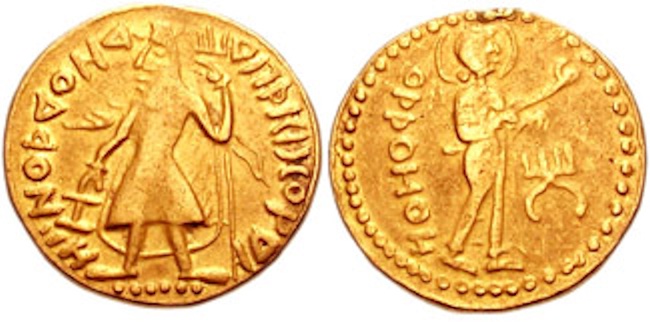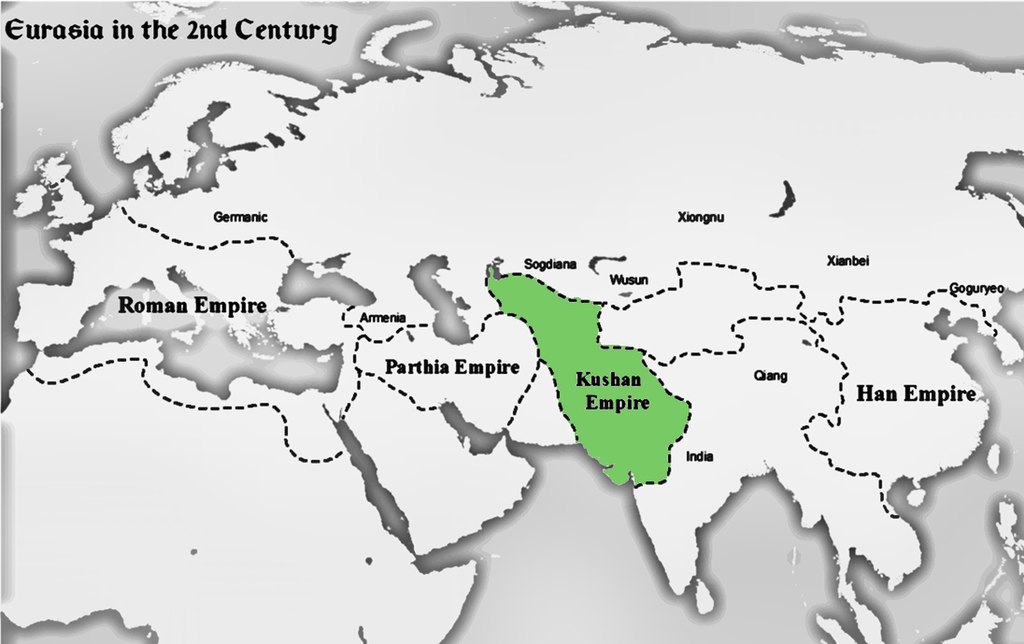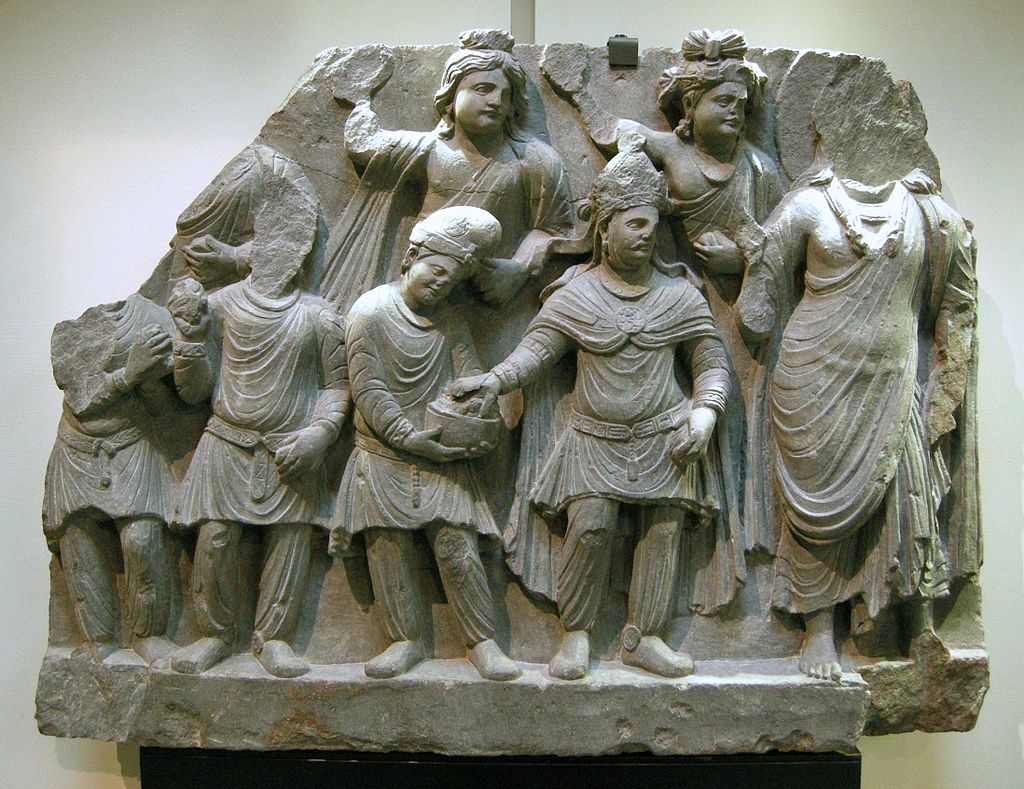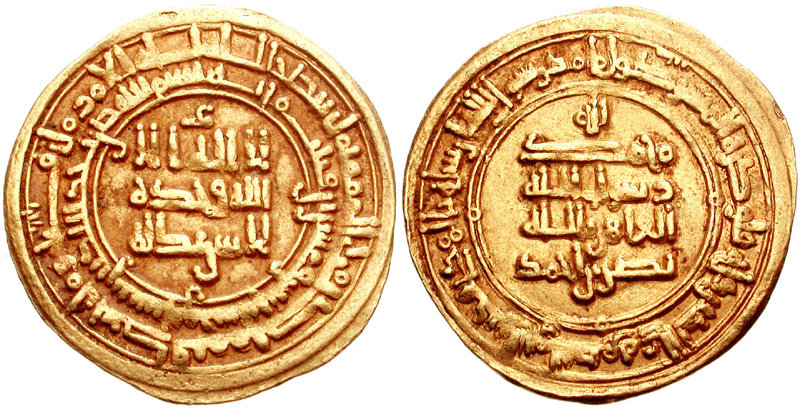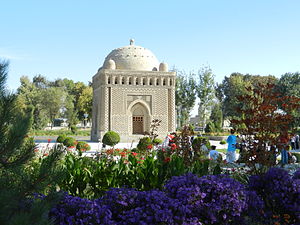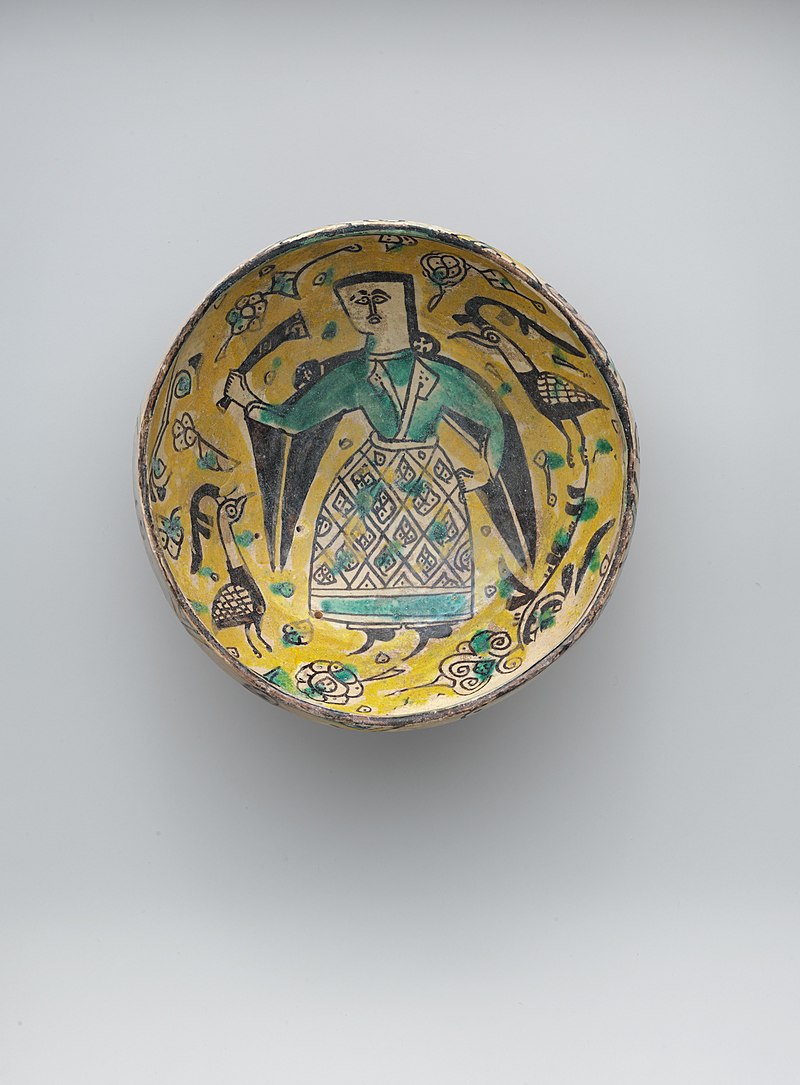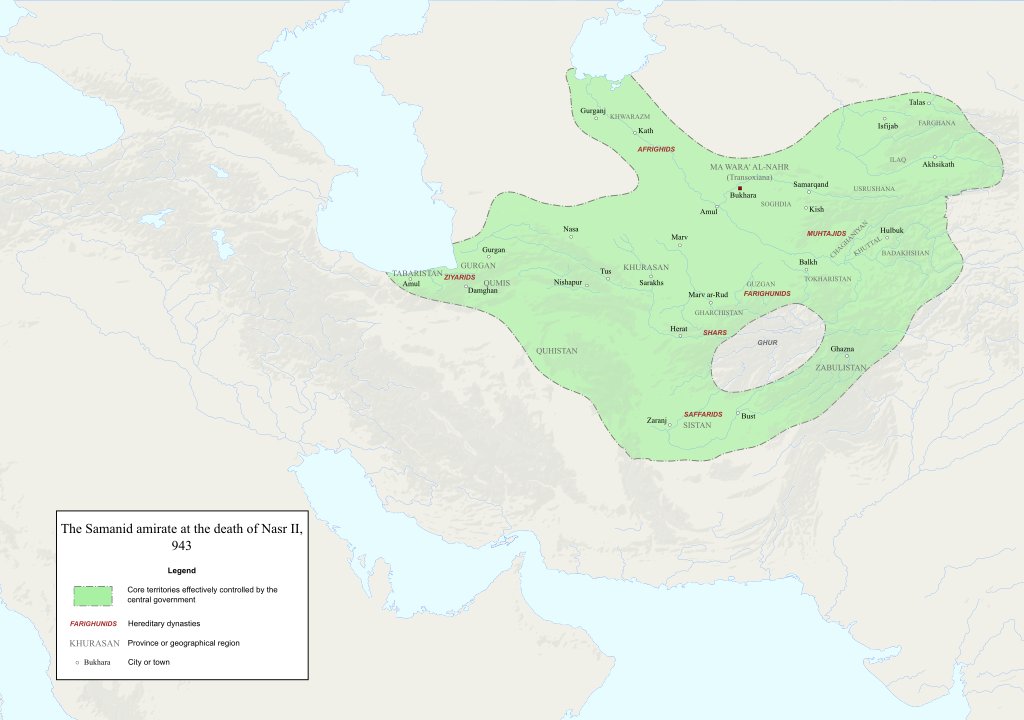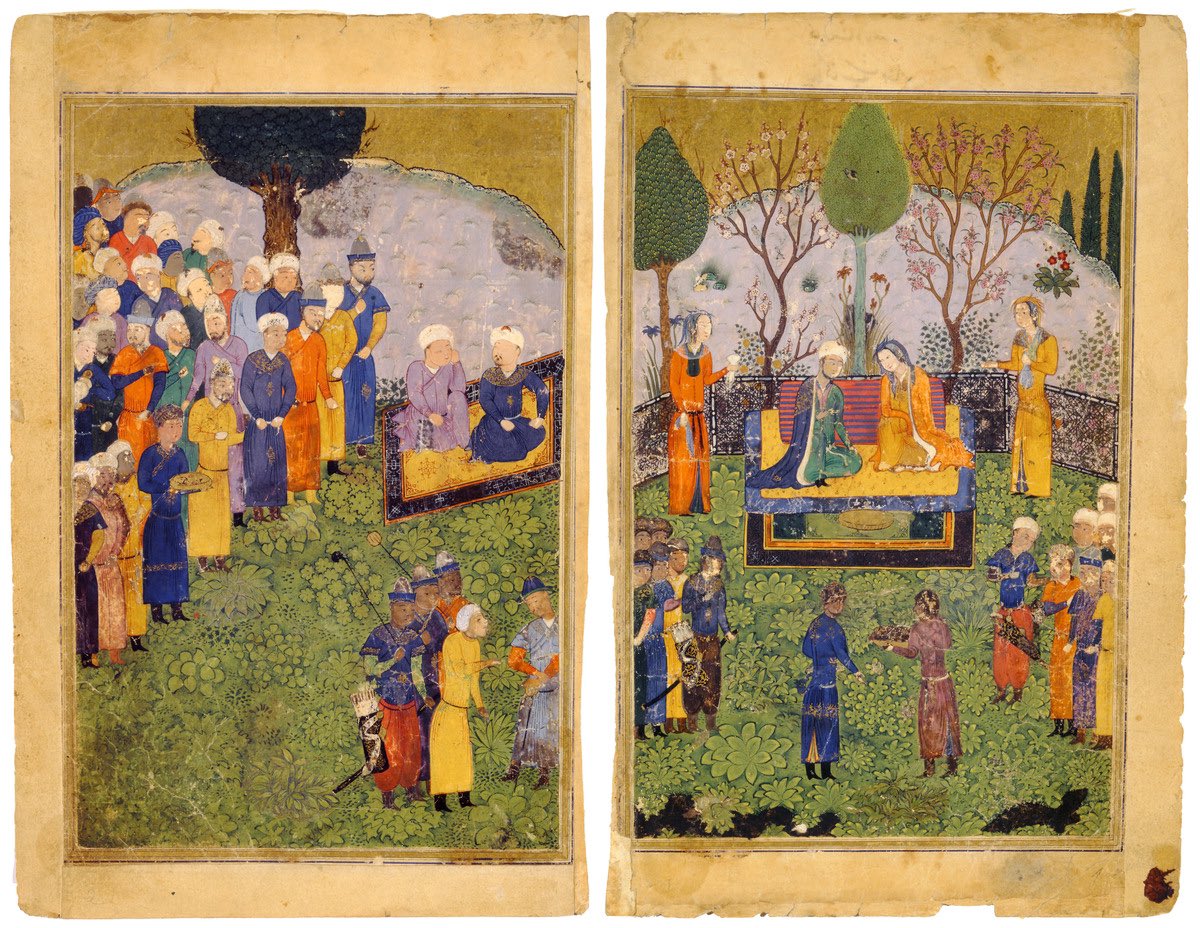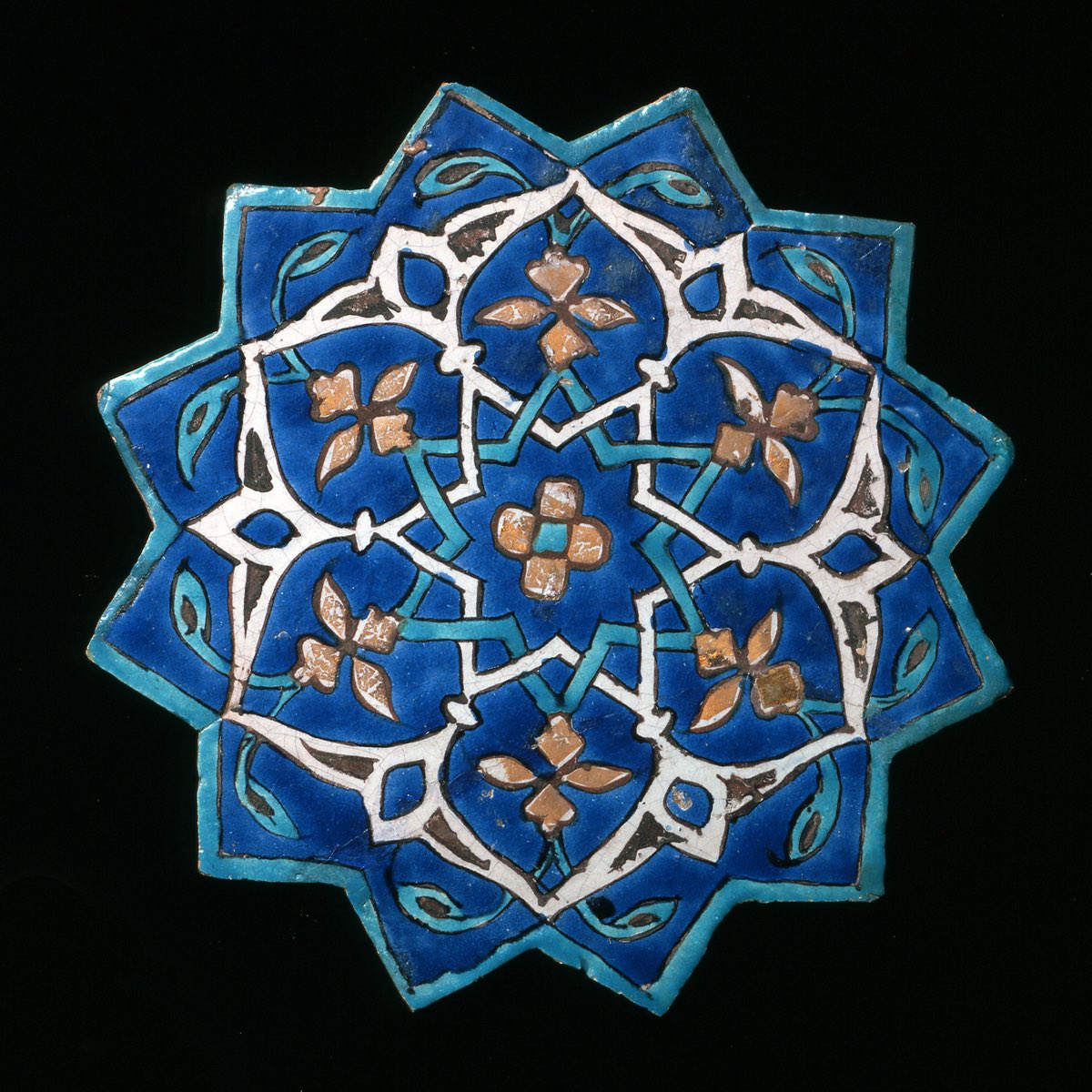
Another day another trite “graveyard of empires” take on Afghanistan. Notice how after Alexander (4th C BC) we go straight to the British Empire (19th C AD) - a gap of 2300+ years! What happened in the intervening time? Glad you asked! 🧵 /1
https://twitter.com/ianbremmer/status/1425476334772441096
Here’s a recent thread of mine showing that Afghanistan was both conquered and the cradle of several major world empires throughout its history 2/
https://twitter.com/alex_khaleeli/status/1415961706577207299
And here’s another thread addressing the (related) stereotype of Afghanistan being inherently backwards. As you can see, far from being underdeveloped, it contained some of the most advanced and cosmopolitan urban centres of the 15th C! /3
https://twitter.com/alex_khaleeli/status/1413410461094141952
Why does this matter? Because lazy takes like these give a demonstrably false picture of Afghanistan as inherently backwards/ungovernable. This false picture then informs policy decisions with serious real-world consequences, some of which are playing out as we speak /4 END
And now for the shameless self-promotion bit: @medievalhistory @katherineschof8 @sasanianshah @gypsy_heart6 @PlumasDeSimurgh @HistoryEmpires @RADAAKBAR @peterfrankopan
• • •
Missing some Tweet in this thread? You can try to
force a refresh


